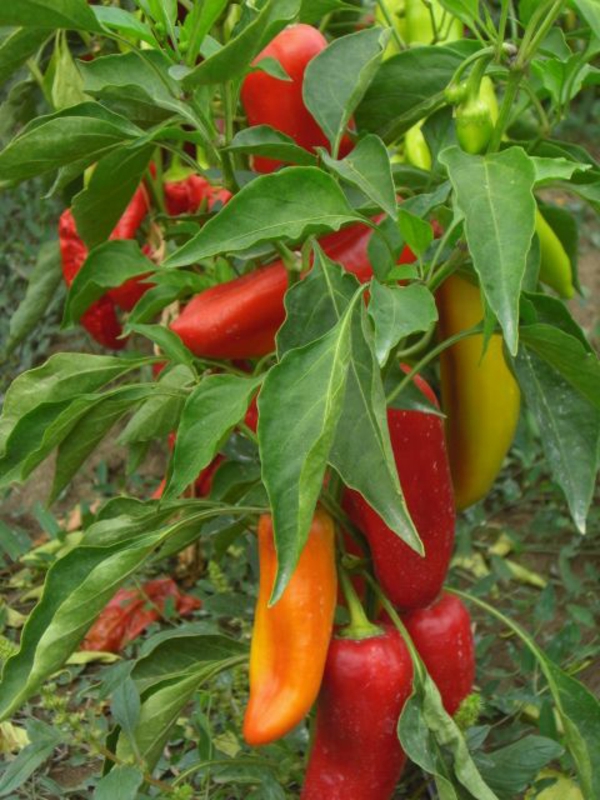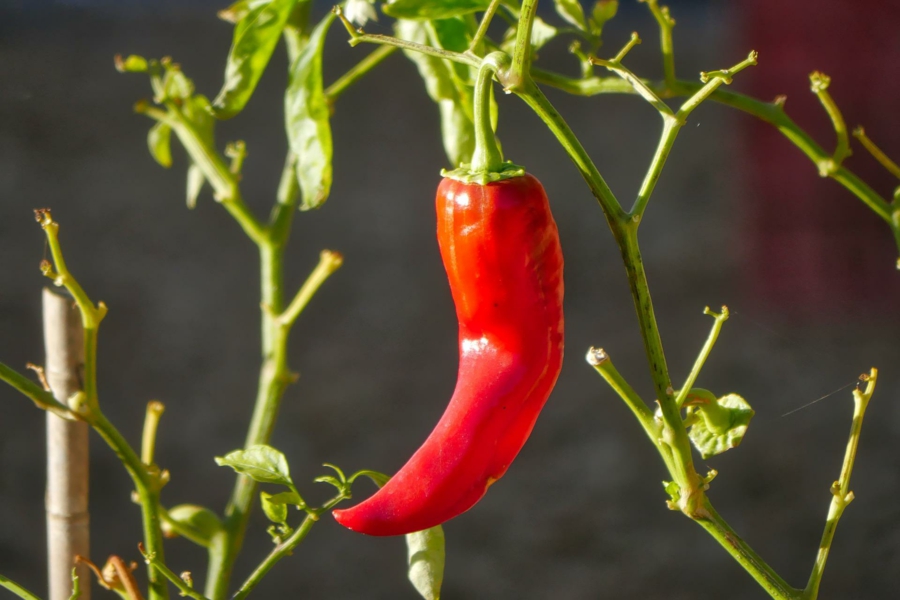It has already become a trend to grow vegetables in your own garden. A vegetable garden is worthwhile for many reasons. People like to grow tomatoes in the garden, but that is by far not the only vegetable that is worthwhile! Peppers are also a popular vegetable that you can grow at home just as successfully. In the following we will show you how to take care of the pepper plant so that you can enjoy a good harvest!
Caring for the pepper plant – what do you have to consider?
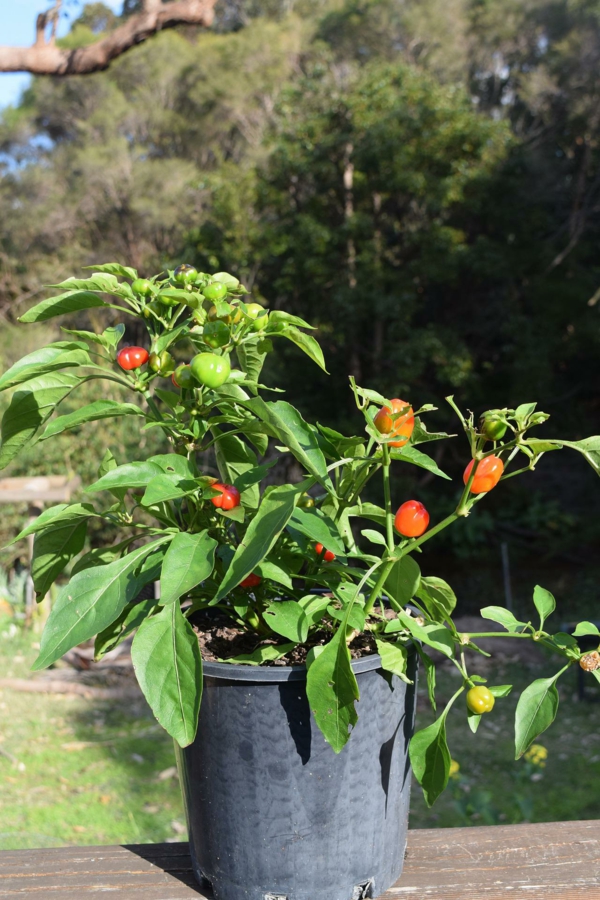
The pepper plant at a glance
As a rule, a distinction is made between sweet peppers and hot peppers. In today’s post, we’re going to talk about sweet peppers. Planted in the garden or cultivated as a pot plant, peppers always make a beautiful picture and attract attention.
The nightshade plant has colorful fruits and is therefore not only a useful plant, but also spices up the garden with beautiful colors. The peppers come in many shapes and colors. You can also find both small snack peppers and large peppers. Colored yellow, orange or red, the fruits are really high in vitamin C. So that’s another reason why the pepper plant is so prized! In fact, the color gradually changes from green to yellow and orange to red. The stronger the color, the more intense the nutritional values and taste.
The flowering of the pepper plant is very beautiful
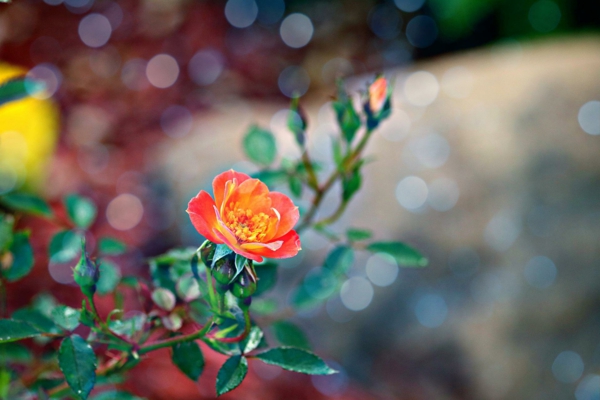
Peppers are a type of vegetable that needs warmth and also longs for plenty of water on hot summer days
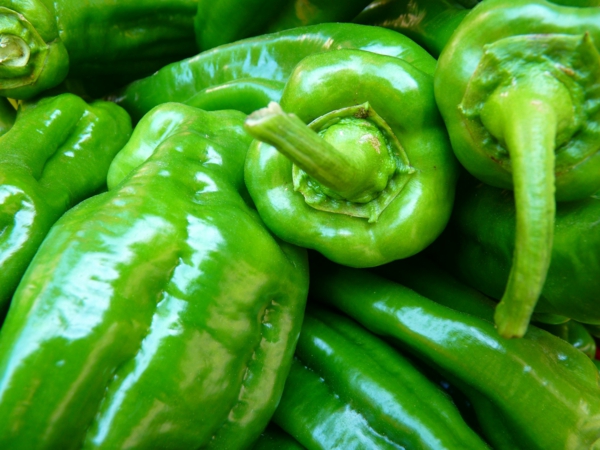
Caring for the pepper plant – Useful tips
Creating a vegetable garden in your own outdoor area, whether in the garden or on the balcony, is often not an easy task. The pepper plant also has its own peculiarities when it comes to care. There are a few aspects that play a big part in making the plant feel good. We enumerate these below.
Location, soil and plants
This type of vegetable likes warm, sunny and sheltered spots in the garden. Temperatures of 25 to 28 degrees are ideal for this type of vegetable. A humus-rich, loose soil is best for this type of vegetable. Peppers also need a lot of water, so they need to be watered often.
If you don’t want to buy young pepper plants, but want to grow them yourself, you should consider a few things. In the first place: the sowing of the peppers takes place in March. Place them in a planter and place them on the windowsill. Then cover them with some soil. The seeds must be one centimeter deep in the ground. The soil does not need to be fertilized and slightly moist. To store enough heat, cover it with foil or place a glass bowl over the planter. If the temperature is 23-25 degrees, then the seeds will germinate within a week.
The plant is very sensitive to waterlogging
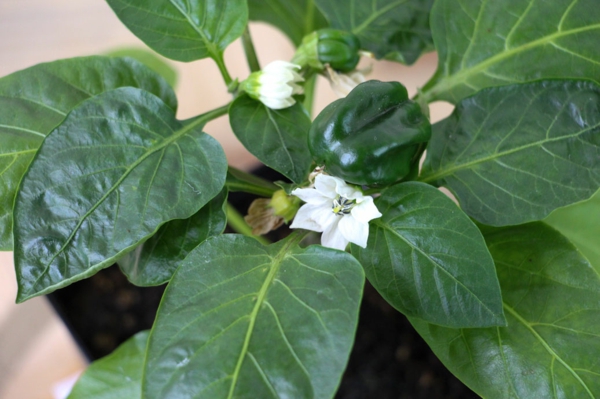
Then, after four weeks, transplant the plants into pots, being careful not to damage the roots! Carefully choose a warm place with high humidity.
Only put the plants outside when there are no more night frosts. That is, around mid-May to early June. Also put some compost in the planting hole. But first let the peppers get used to the temperature difference. So you only have to leave them outside for a certain period of time during the day and bring them back inside at night.
If you want to plant the peppers on the balcony, then it should be a south-facing balcony. Choose a large pot so that the large roots of the plant feel comfortable there.
The pepper is a versatile vegetable
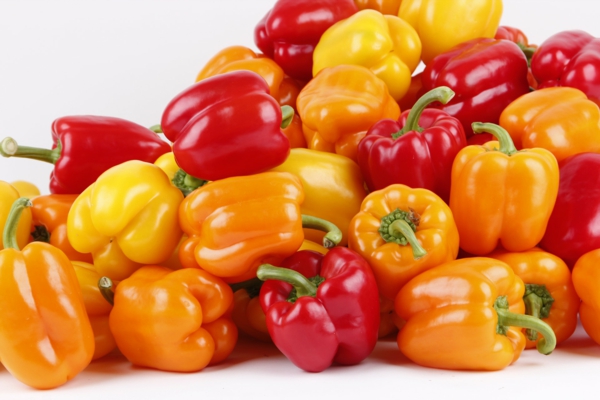
Fertilize
But you can only look forward to a rich harvest if the peppers get enough nutrients. For this reason you should add some fertilizer once or twice during the season.
hibernate
The pepper is not winter hardy and therefore cannot overwinter outdoors. So you have to bring these to winter quarters. It should be light, with a temperature of about 10 degrees. Just make sure that drafts do not damage the plant. Do not fertilize the peppers and do not water them very often.
Green peppers have a lower vitamin C content than red peppers
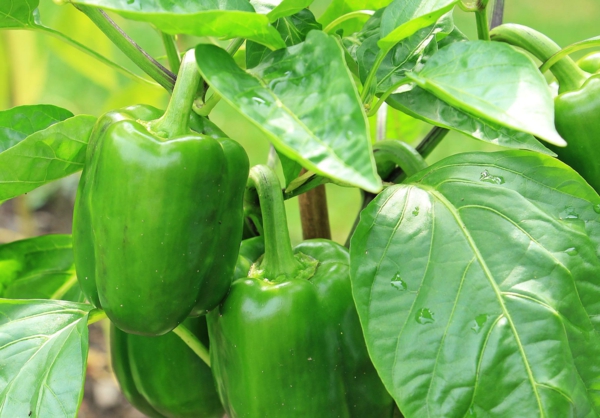
pests and diseases
The most common pests that pose a threat to the pepper plant are the spider mites. However, spray the peppers with distilled water in the evening to protect them from this. Also the mildew can affect the plant. If he covers them with a gray film, they simply cannot be saved. Other pests to be aware of are the snails.
If there is a lack of light or if the peppers are over-fertilized, then the leaves of the young plants will certainly suffer damage. To save them, spray them with water. Too high humidity is also harmful for the plant, because it favors the appearance of gray mold.
And finally a tip for a higher yield: Remove the first so-called king flower by breaking it out with your fingers. This will encourage shoot growth.
Peppers can be large or small and of different colors
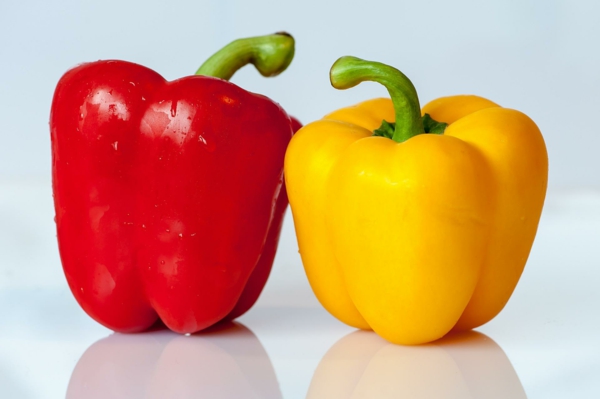
The ripening process of peppers is associated with color change
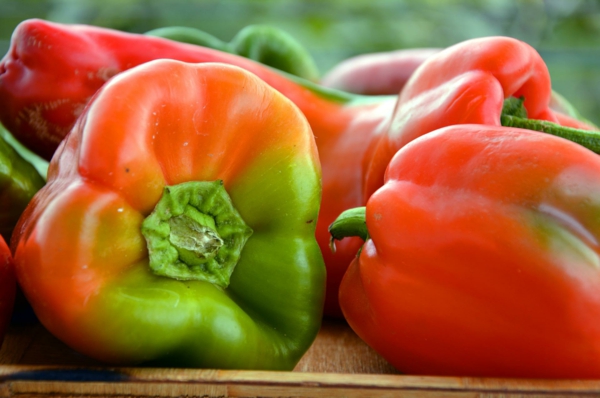
All pepper varieties are healthy
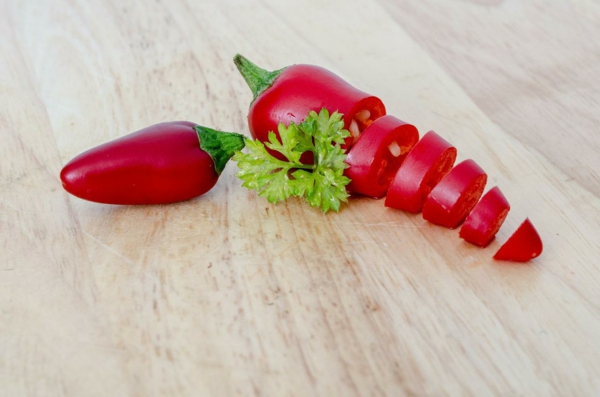
A location with the right temperature is crucial for the peppers
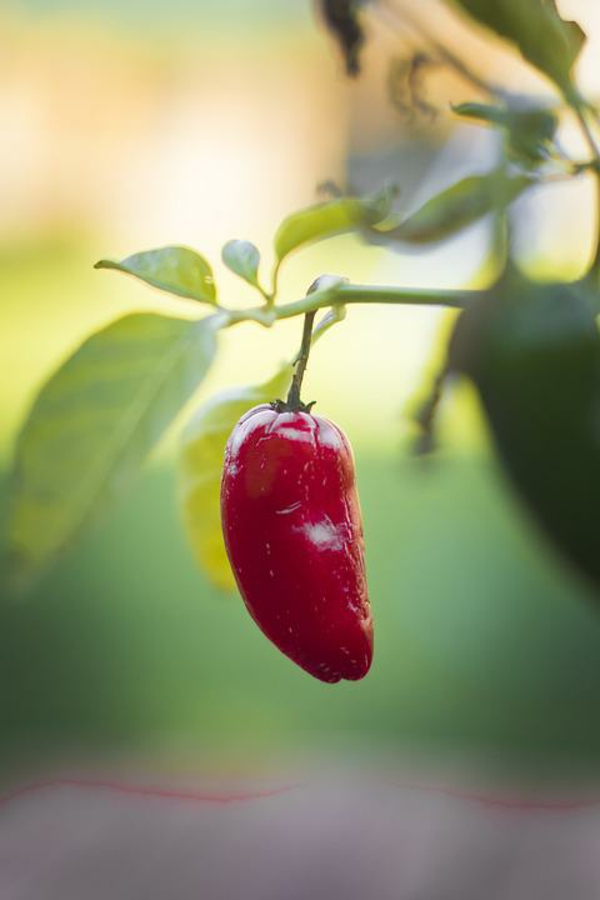
If you want to grow your own vegetables, you can also plant peppers in the garden!
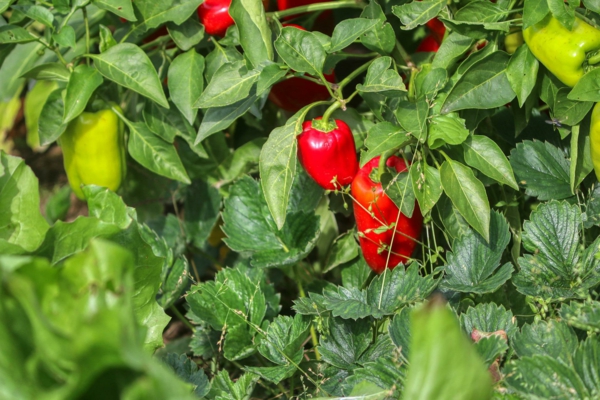
You can plant the pepper plants near tomatoes, eggplants and cucumbers
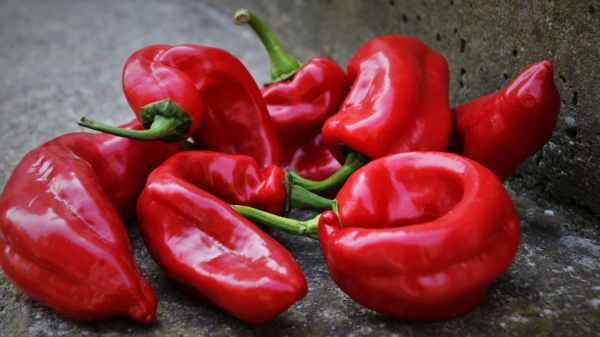
Since the roots are very spreading, you need to leave about 50 centimeters of space between each specimen
